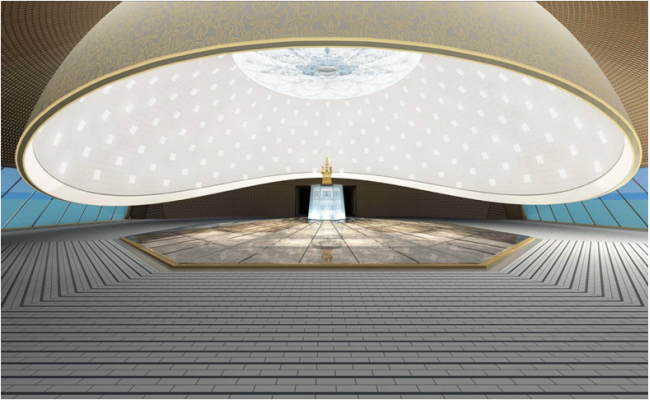Dome screens or dome display systems refer to the use of a double-curved screen to envelop the viewer’s point of view, creating a spatial perspective that closely resembles the real environment, fostering a deeply immersive experience. Dome display systems are known for providing the most profound immersive experiences among all display methods. To attain such a visual experience, the screen must cover ample visual space, at least 50%, and the content must include a three-dimensional spatial perspective, accurately mapped onto the screen. The shape of the dome and the viewing posture can be reasonably designed according to project requirements. This section outlines various dome types and their appropriate applications. Dome displays function through digital projectors that cast images onto the screen. Typically, dome projection employs either the single fisheye lens approach or the multi-projection splicing method. The single fisheye lens technique is limited to smaller dome cinema due to inherent limitations such as low effective pixel resolution, low brightness, and the best viewing point being occupied by the projector. Although IMAX dome cinema also uses the single fisheye lens approach, it overcomes the standard projection technology shortcomings with their high-brightness and high-resolution film projectors. Additionally, there is the dual-projector cross-shooting method pioneered by Sky-Skan in the United States, which involves 4K resolution projectors and special customized lenses. However, neither of these two types is widely applicable. The most practical and adaptable dome display is based on the multi-projection splicing technique, which is our primary recommendation. However, the splicing method also has its inherent drawbacks, such as complex system structure, difficulty in flawlessly merging images, and inconvenient maintenance. In certain applications, some flaws can be accepted or overlooked in pursuit of the ultimate purpose.
